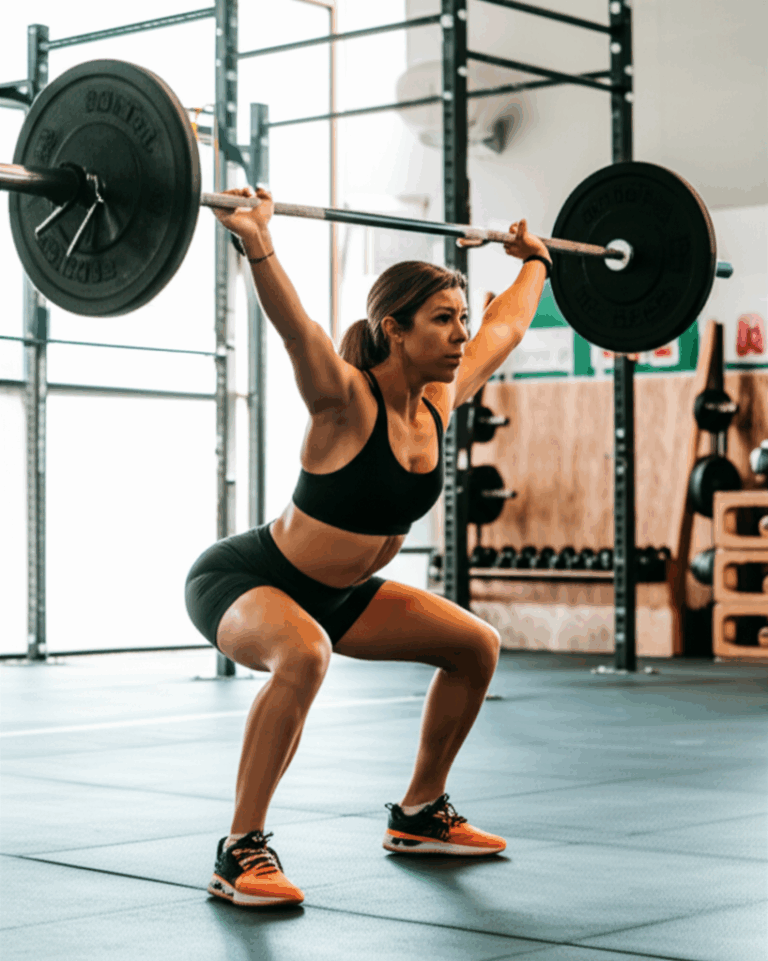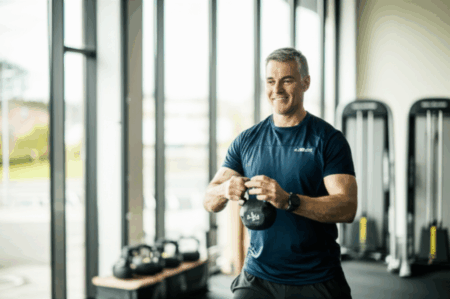In a world where schedules are perpetually packed, finding ample time for a comprehensive strength training workout can feel like an impossible feat. Yet, the benefits of resistance training—from building muscle and strengthening bones to supporting healthy aging and reducing the risk of chronic diseases—are undeniable. The good news? You don’t need hours at the gym to reap significant rewards. When time is of the essence, one exercise stands out for its unparalleled efficiency and full-body impact: the thruster.
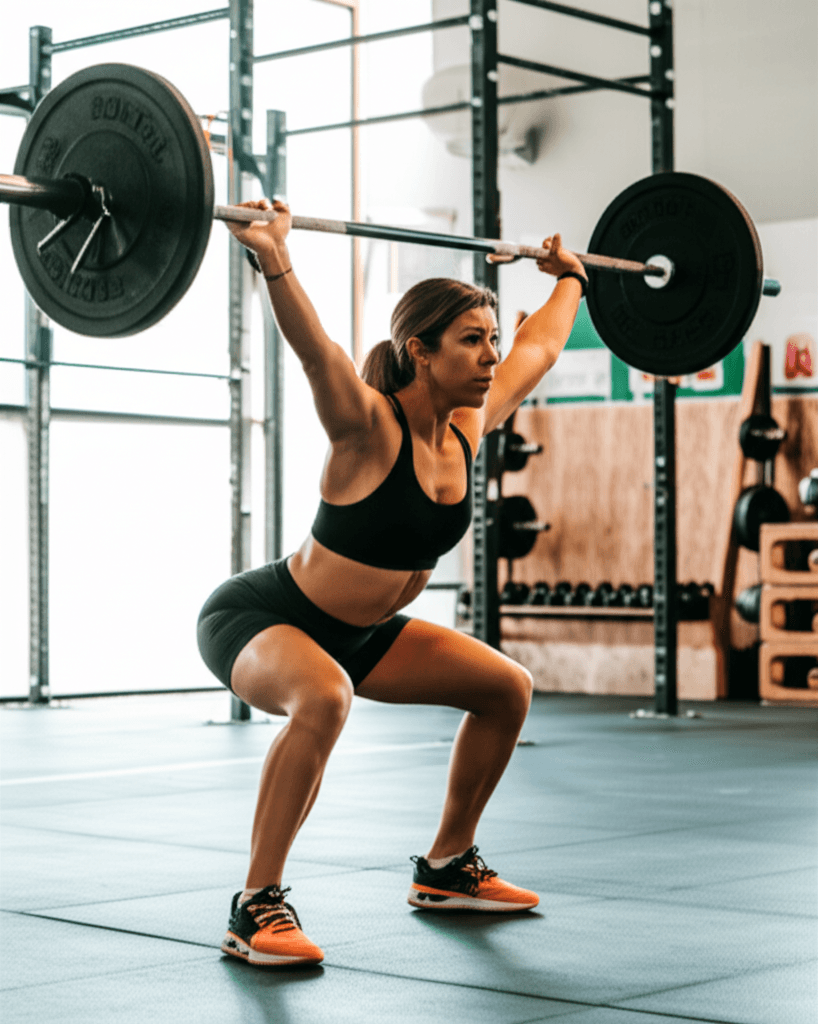
Why the Thruster Delivers Maximum Impact
Experts widely agree that when short on time, full-body exercises provide the “most bang for your buck.” Thrusters perfectly embody this principle. This dynamic movement seamlessly combines a squat with an overhead press, engaging nearly every major muscle group in one fluid motion.
Here’s why the thruster is an exceptionally efficient strength-training exercise:
- Full-Body Engagement: Thrusters activate your entire body. From the lower body’s glutes, hamstrings, and quadriceps, to the core, and the upper body’s shoulders, triceps, and forearms, almost no muscle group is left untouched. This comprehensive muscle activation means you work more in less time.
- Cardiovascular Benefits: Beyond pure strength, the thruster elevates your heart rate significantly, offering a cardio workout simultaneously with your strength training. This makes it an ideal choice for improving both muscular endurance and cardiovascular fitness.
- Improved Stability and Coordination: The multi-joint nature of the thruster demands significant stability from your core and coordination between your upper and lower body, enhancing overall athletic performance and functional fitness.
- Metabolic Boost: By engaging large muscle groups and requiring an explosive effort, thrusters can lead to a substantial metabolic and cardiovascular spike, contributing to increased calorie and fat burning, even after your workout.
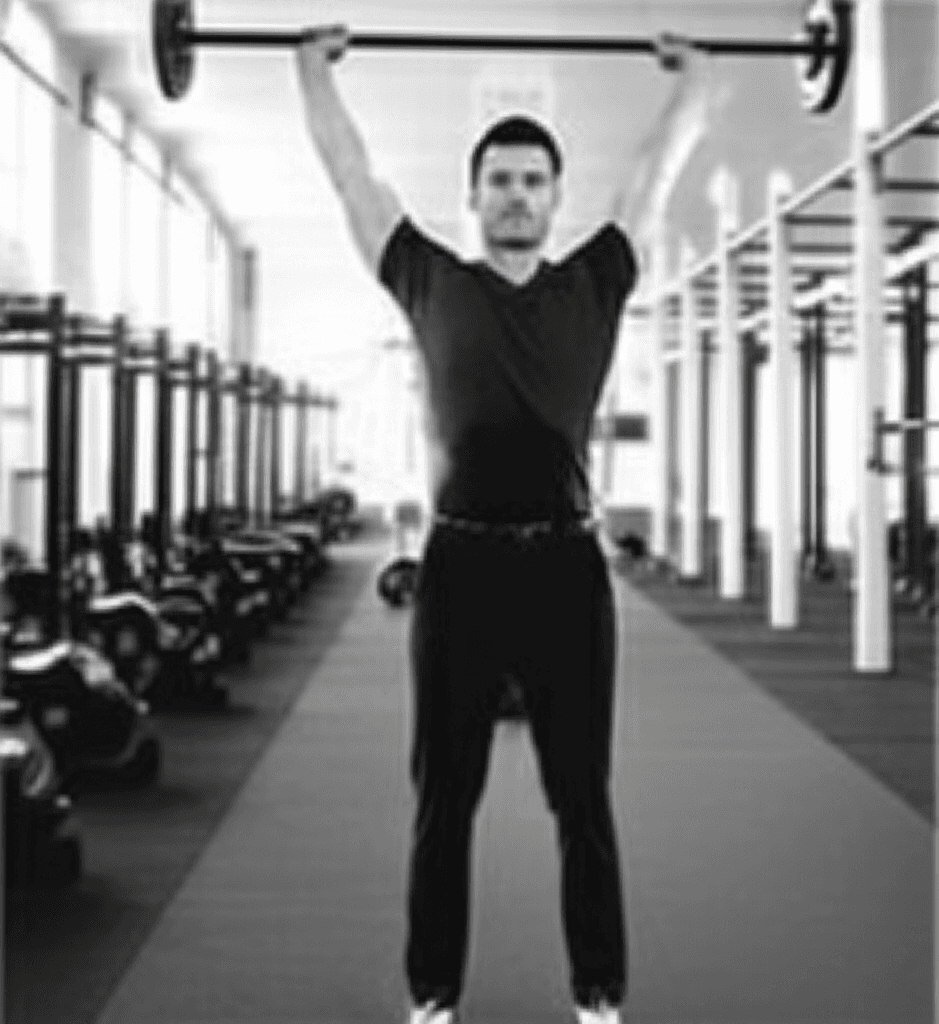
Mastering the Thruster: Step-by-Step Guide
Proper form is crucial to maximize the benefits of the thruster and minimize the risk of injury. While often performed with dumbbells or kettlebells, the principles apply universally.
- Starting Position: Stand with your feet shoulder-width apart, toes pointing slightly out. Hold a dumbbell or kettlebell in each hand at shoulder height, palms facing in or out, with elbows tucked. Keep your chest up and core engaged.
- The Squat: Initiate the movement by lowering into a deep squat, as if sitting back into a chair. Ensure your knees track in line with your toes and your heels remain on the floor. Maintain a straight back and upright torso.
- The Explosive Press: From the bottom of the squat, powerfully drive through your heels and quickly rise, using the momentum from your legs to simultaneously press the weights directly overhead until your arms are fully extended.
- Controlled Descent: Lower the weights back to shoulder height as you begin to descend into your next squat, maintaining control throughout the movement.
- Repetition: Perform repetitions in a smooth, continuous motion, focusing on linking the squat and press seamlessly.
Variations and Modifications
The thruster is highly adaptable to various fitness levels and equipment availability:
- Bodyweight Thruster (Squat Jump): Omit the weights and simply jump explosively from the bottom of your squat, reaching your arms overhead. This variation maintains the cardiovascular and lower-body power benefits.
- Single Dumbbell/Kettlebell Thruster: Hold one weight with both hands at your chest, making it easier to manage balance and coordination while still engaging a broad range of muscles.
- Barbell Thruster: For advanced users, a barbell allows for heavier loads and greater overall strength development, but requires more precise form and core stability.
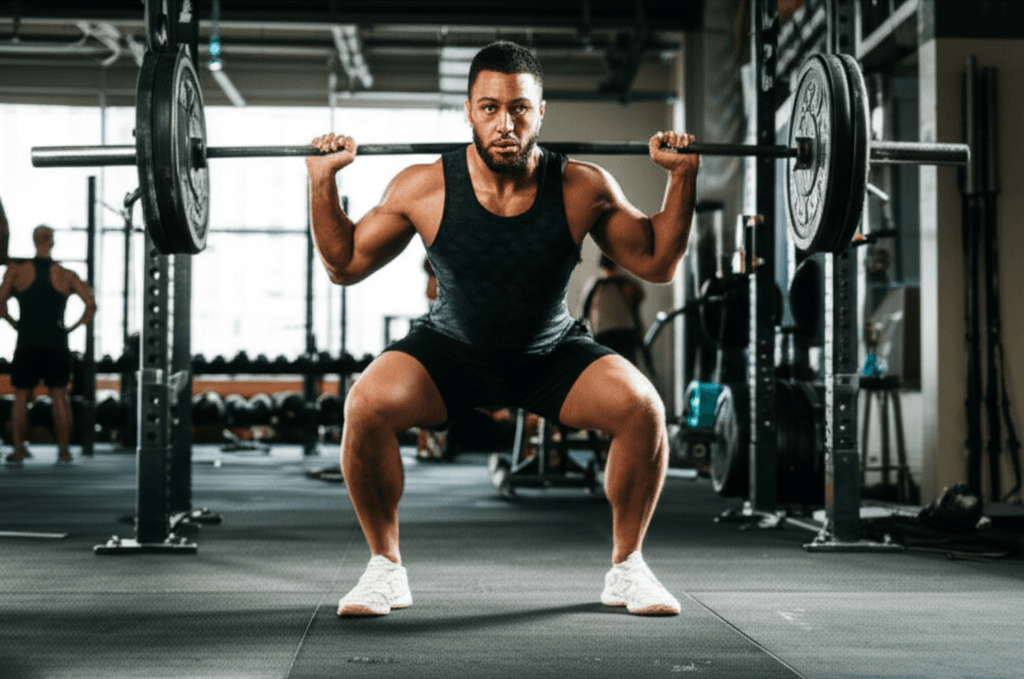
Other Powerhouse Compound Exercises for Busy Schedules
While the thruster offers a strong argument for the #1 spot, other compound exercises are also incredibly effective for time-efficient strength training. Prioritizing bilateral, multi-joint movements that engage muscles through a full range of motion is key.
- Burpees: Often considered a full-body conditioning exercise, burpees combine a squat, a plank, a push-up, and a jump. They are exceptional for boosting full-body strength, stoking metabolism, and increasing endurance, all without equipment. Burpees work multiple muscle groups including the chest, shoulders, triceps, core, glutes, and legs.
- Squats (Weighted or Bodyweight): As the foundational movement within a thruster, squats themselves are excellent. They effectively work the quadriceps, hamstrings, glutes, calves, and core. Adding weights like dumbbells or barbells further engages the upper body and increases calorie burn. Squats improve flexibility, balance, and posture.
- Push-ups: A simple yet effective bodyweight exercise, push-ups activate the upper body (chest, shoulders, triceps), core, back, and even legs. Variations like push-ups with shoulder taps can increase the challenge.
- Deadlifts: Another “big five” compound exercise, deadlifts target the back, hamstrings, glutes, core, and upper body in one powerful lift, making them highly efficient for overall strength and muscle gain.
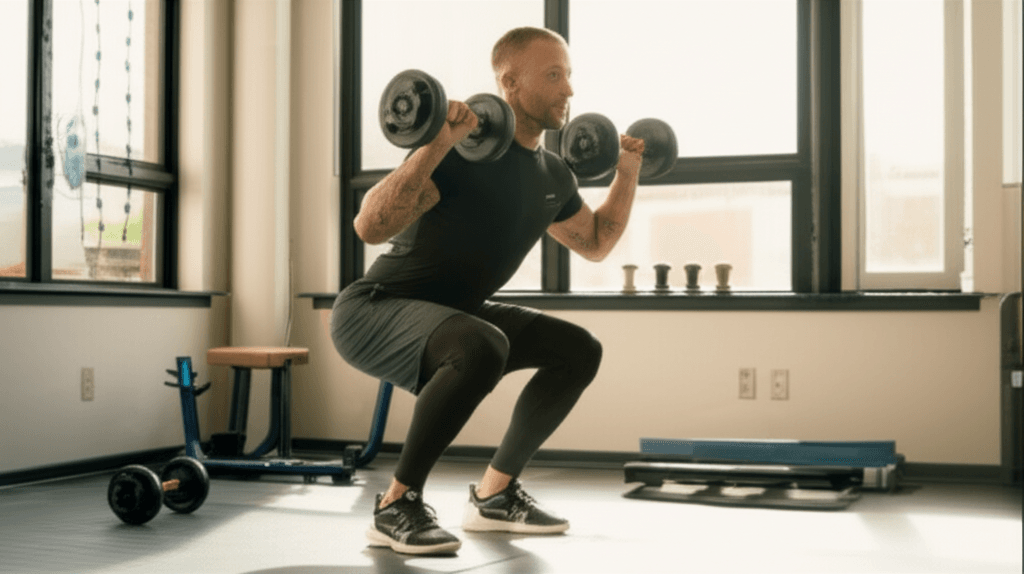
Integrating into Your Routine
To make the most of your limited time, consider these strategies:
- Supersets or Circuits: Pair thrusters with another exercise (e.g., a pulling movement like rows if you have equipment, or burpees for a cardio boost) with minimal rest between them to increase training density.
- High-Intensity Interval Training (HIIT): Incorporate thrusters into short bursts of intense activity followed by brief rest periods. This maximizes calorie burn and boosts metabolism in minimal time. A 10-minute routine with focus and intensity can build strength and energy.
- Minimum Effective Volume: Experts suggest a minimum of four weekly sets per muscle group within a 6-15 repetition maximum (RM) range. Even short bouts of well-chosen exercises can offer major health benefits.
When you’re short on time, the key is to choose exercises that demand the most from your body in the shortest duration. The thruster, with its comprehensive muscle engagement and cardiovascular benefits, proves to be an unrivaled choice for building strength and fitness efficiently. By focusing on multi-joint, compound movements and maintaining proper form, you can achieve significant fitness goals even with a demanding schedule.




